Could you tell me a little bit about why a microbial ecologist is working in an astrobiology research group?
One of my areas of interest is a project in Botswana, working in collaboration with colleagues in AstrobiologyOU and the Botswana International University of Science and Technology (BIUST). We’re working in a region called the Makgadikgadi salt flats. This lies in north-eastern Botswana and is part of the Kalahari Desert.
About a million years ago, the rivers that crossed this area – the Okavango, the Zambesi, the Chobe and the Limpopo – flowed out into the Indian Ocean. But due to tectonic upheavals, their escape to the ocean was blocked and they formed a mega-lake about the size of Switzerland. About 20,000 years ago there was more geological change, accompanied by climate change, and the rivers’ route to the ocean re-opened. Over the course of about 10,000 years the lake started to dry out, leaving behind what we now call the Makgadikgadi salt flats.
This area is relatively unexplored. There’s limited geological data, because the nature of the rocks makes it difficult to drill down much more than two metres. We also know very little about the ecology of the area, at least at a microbial level.
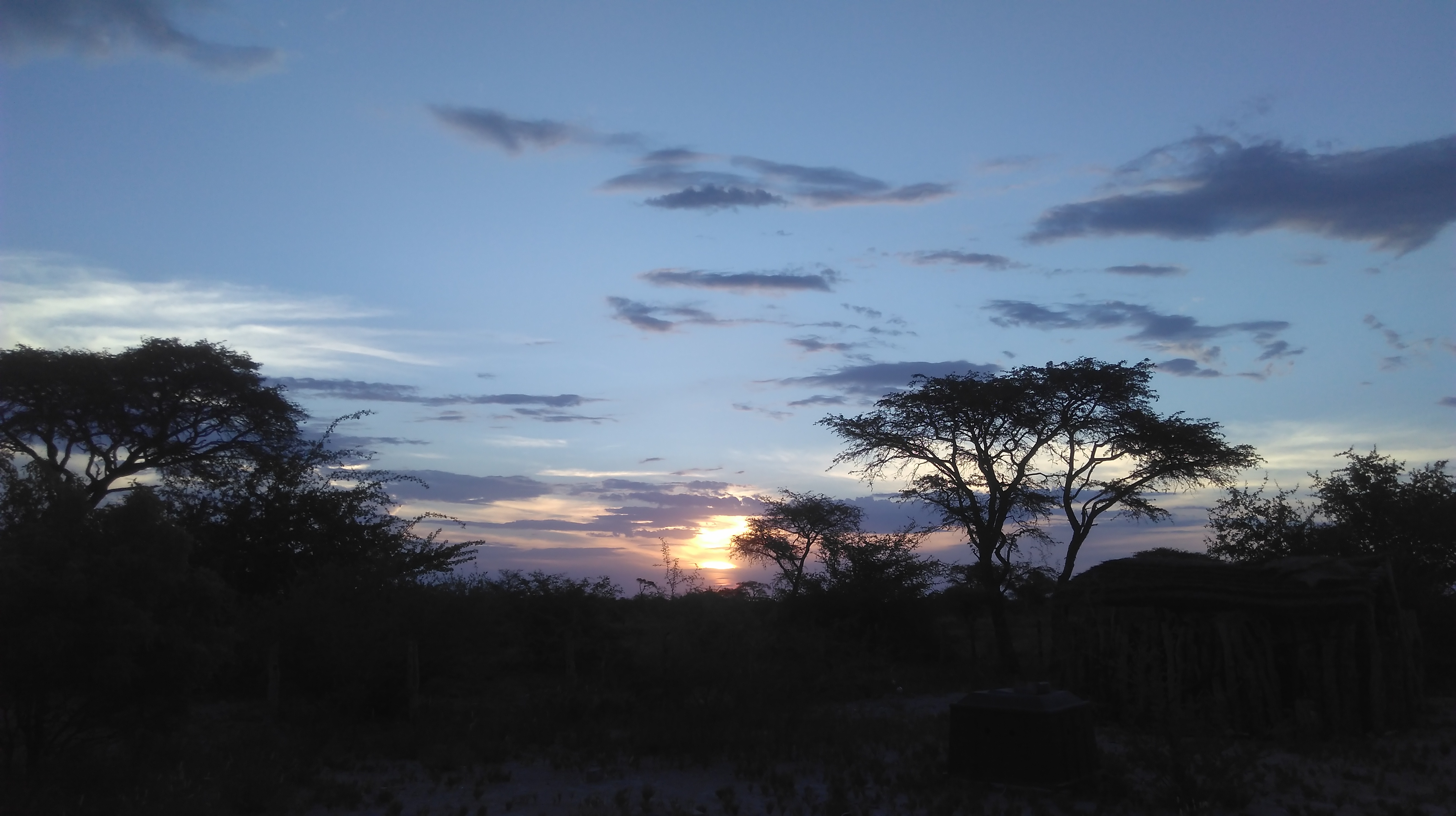 Early evening, Sua Pan, in the area where the team was camping. January 2020
When we visited the Makgadikgadi, in January 2020, the site surprised us. Our challenge is to re-construct the history of the ancient mega-lake. We have drilled down as far as we can into the rocks, which tells us quite a bit about the most recent four to five thousand years of the area. We can map geological, historical, climate change and potentially biological events to understand the history of the lake.
Early evening, Sua Pan, in the area where the team was camping. January 2020
When we visited the Makgadikgadi, in January 2020, the site surprised us. Our challenge is to re-construct the history of the ancient mega-lake. We have drilled down as far as we can into the rocks, which tells us quite a bit about the most recent four to five thousand years of the area. We can map geological, historical, climate change and potentially biological events to understand the history of the lake.
But for ecologists like me, observation and description can only take you so far. An ecologist has to ask questions, try to explain data, see patterns. To understand how life evolved we have to go further than just describing it; we have to take it further, to understand survival and adaptation, the evolution of life and how it is influenced by geological, chemical, human and other events.
This is a risky and ambitious project; there have been few attempts to reconstruct the history of lakes in this way. When I worked at the University of Neuchatel, in Switzerland, I worked in a laboratory where they were trying to reconstruct the history of Lake Leman over the last 150 or so years. We knew there would be a link between the microbial communities in the lake and events in the outside world and we could see changes in the microbial community linked to events such as the Second World War and the introduction of antibiotics, for example.
We can use this evidence to think about what we might look for on Mars as evidence that life might have existed there.At the Makgadikgadi, we’re trying to go back much further and in a much more extreme environment. But the data collected by our BIUST colleagues, who are investigating the rock cores to establish how much carbon and nitrogen is available for microbial life, correlate with changes we can see in the microbial community. The microbial communities are indicators of change correlating with historical events and changes in the chemical make-up of the area.
What makes this area even more exciting is that we believe it could be a good analogue for regions of Mars such as the Gale crater. In its Noachian period (about 4100 – 3700 million years ago), mega-lakes existed on Mars. They dried out, just like the Makgadikgadi lake, due to climate change and the loss of Mars’s atmosphere. The Makgadikgadi isn’t a perfect analogue for Mars but its mineralogy shows it has an abundance of substances, such as sodium chloride, that are useable for life, and we can see evidence that the microbes are adapting to cope with high salinity and extreme dryness. We can use this evidence to think about what we might look for on Mars as evidence that life might have existed there.
 Panoramic view of a sampling site on the Sua Pan. Three vehicles were used on this campaign to ensure the safety of the team while they were working on muddy areas of the Pan.
Panoramic view of a sampling site on the Sua Pan. Three vehicles were used on this campaign to ensure the safety of the team while they were working on muddy areas of the Pan.
The Makgadikgadi must be a rich and interesting area for an ecologist to investigate, and you have mentioned its possibilities to be an analogue for Mars. How does your work intersect with astrobiology? What does your perspective as an ecologist bring to astrobiology?
We’re interested in how organisms survive and cope with adversity. If life once existed in a mega-lake on Mars and had to adapt to dryness, to survive it must have followed a similar pattern of adaptation to life in the Makgadikgadi.
One of the most surprising and exciting things we discovered in the Makgadikgadi are extensive areas of biofilms. Biofilms are collections of many different types of micro-organisms, such as bacteria and fungi, that grow together on a surface. The plaque that grows on our teeth and the scum on the surface of a pond are both examples of biofilms.
For the members of the community, forming a microbial biofilm is a survival strategy; a way to make a living. Living in a community allows its members to extend the limits of survival, for example to live at very high temperatures or in highly acidic conditions.
Biofilms have been well-investigated, mostly in artificial and occasionally in natural environments but very rarely in extreme environments. The Makgadikgadi is a very extreme environment, with high levels of ultraviolet radiation hitting the surface and high levels of salinity in the rocks and soils. We found the biofilms in the north-western part of the Makgadikgadi, an area with really interesting geological features of extensive sand mounds, almost three metres long and about twenty-five centimetres deep, sitting over a layer of granite. These physical conditions – sand over a layer of hard bedrock – might be very similar to conditions in some areas of Mars.
Investigating the biofilms shows evidence that the microbial community in the biofilm controls what is participating in the community. There is strict organisation – one species’ waste is another’s resource. The biofilm community has an influence on its environment, for example changing the level of acidity of the soil beneath and around it. The members of the community interact and communicate, using chemical signals that influence the community’s behaviour: this is the time to grow, this is the time to defend ourselves, to reproduce, to make certain compounds. This is called quorum sensing.
This gave me an idea. Life on Earth is always organised in communities, in one way or another. If life exists – or once existed – on other planets, it must be organised in communities, like the biofilms. The molecules used for communication could be biosignatures of community living; we could therefore look for biosignatures of community living – of biofilm living – on other planets.
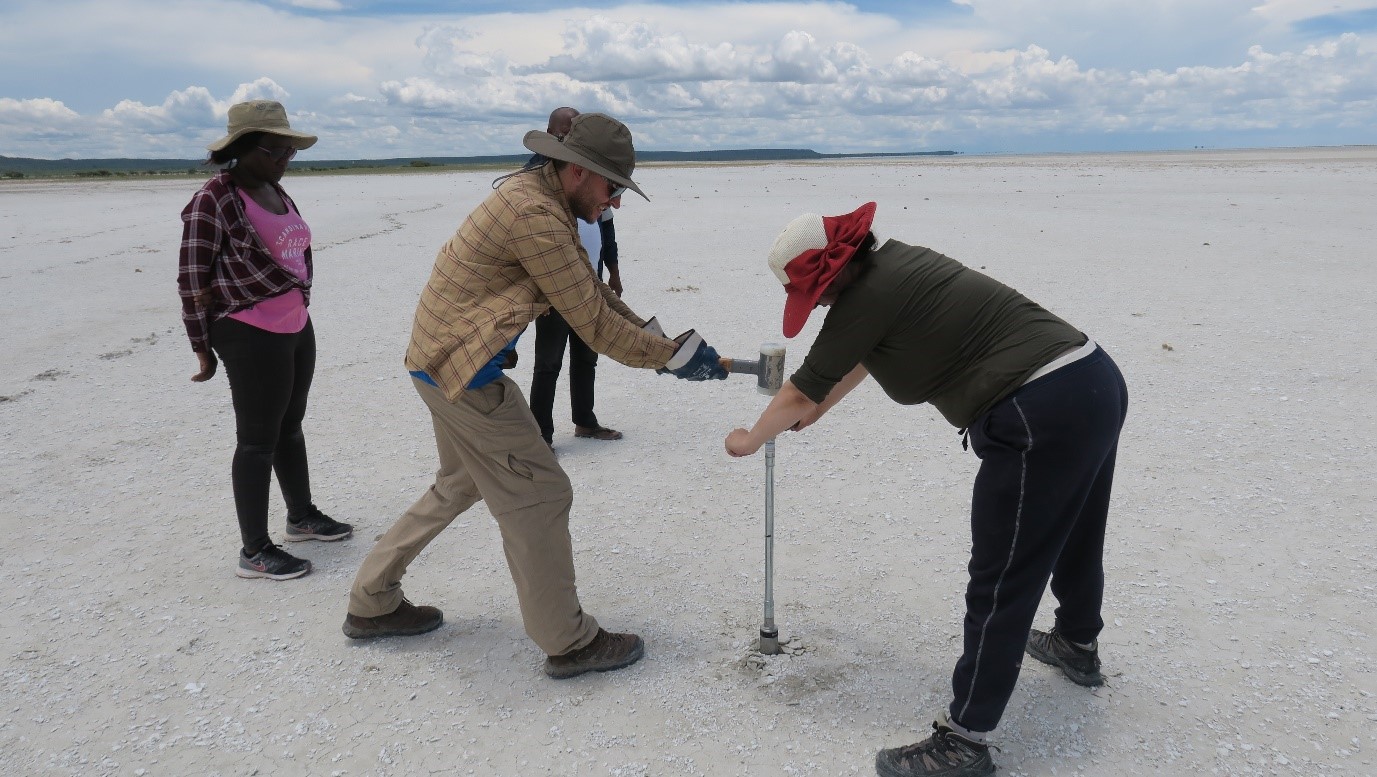 In the Mosu area of the South Sua Pan, Dr Alex Price and Dr Sevi Filippidou are %u2018coring%u2019, that is, taking cylindrical rock cores to investigate the geological and ecological history embedded in deeper layers of the Pan. Coring is hard physical labour; very demanding under the summer sun. We collected 36 cores from the Pans.
In the Mosu area of the South Sua Pan, Dr Alex Price and Dr Sevi Filippidou are %u2018coring%u2019, that is, taking cylindrical rock cores to investigate the geological and ecological history embedded in deeper layers of the Pan. Coring is hard physical labour; very demanding under the summer sun. We collected 36 cores from the Pans.
The Makgadikgadi is clearly a very delicate ecosystem. Because they need to study life in extreme environments, in places that bear close similarities to planetary environments, astrobiologists frequently work in remote and fragile locations on Earth. As researchers, what responsibilities do you think we have when we travel to and work in such places?
That’s something I’ve been thinking about a lot over the last few months. I’ve started having regular discussions with colleagues to think together about scientists’ attitudes to fieldwork.
The molecules used for communication could be biosignatures of community living; we could therefore look for biosignatures of community living – of biofilm living – on other planets.
When we visit a site, we often see a ‘No Man’s Land’, a natural environment, chemical parameters, geology. When we receive samples from distant places, most of the time we see them as material to investigate from purely scientific interest. I’ve been on many field campaigns but spending time in Botswana made me realise the sites I work in are not No Man’s Lands at all, but places where communities of people live.
There is a set of guidelines, called the Nagoya protocol, which aims to protect biological and genetic diversity and make sure that what belongs to the land is attribute to the land, but many researchers aren’t aware of these guidelines.
With my colleagues, we’re trying to think about how we can share good practice in working with respect for people and places and how to bring knowledge back to the communities who live in a region.
Scientists can understand and describe but that doesn’t make the knowledge our property. If we can establish good practices and ethics for how we do our research on Earth, that will affect the way we see environments and ecosystems on other planets. For example, if we ever return samples from Mars to Earth, who will they belong to? They belong back to Mars.
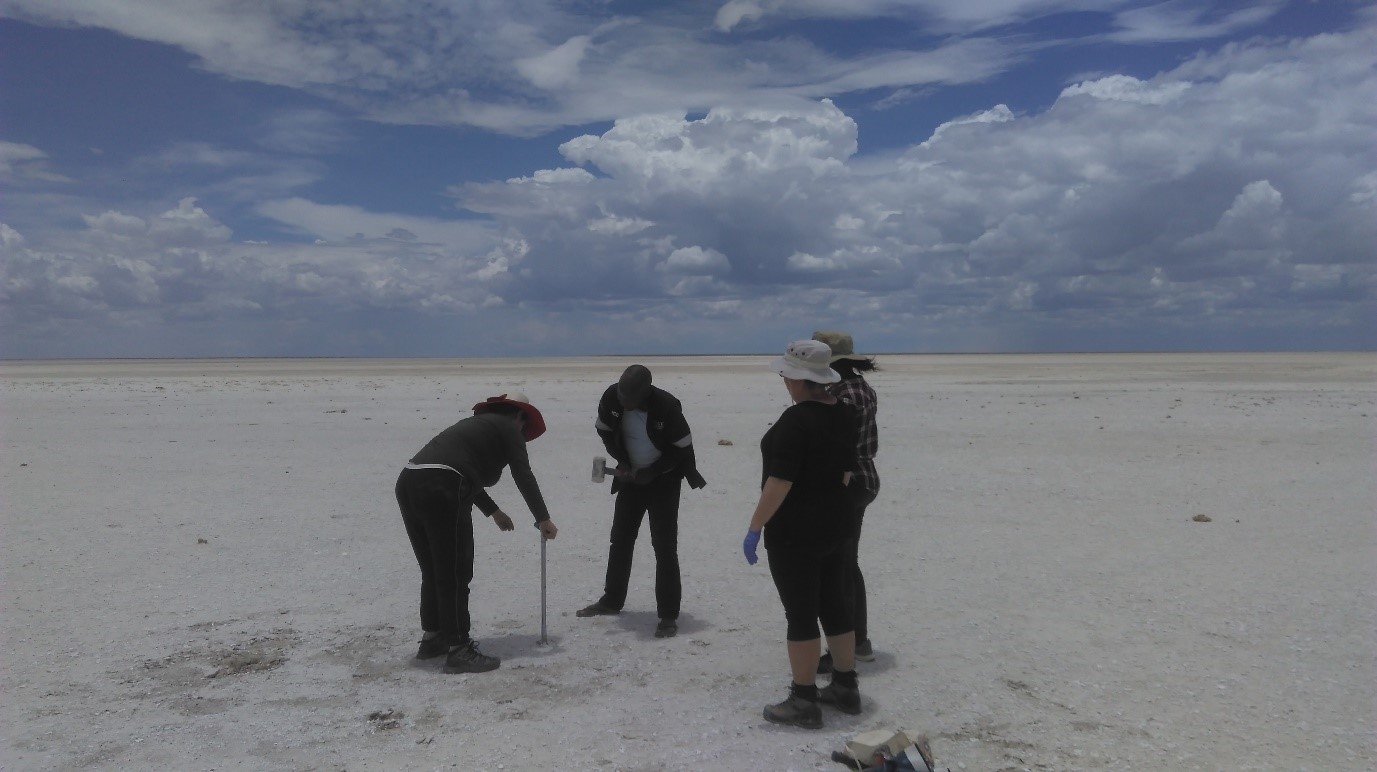 Dr Sevi Filippidou taking a core sample in the Mosu area of the South Sua Pan, helped by a geology student from BIUST. Dr Lesedi Lebogang (BIUST) and Prof Barbara Cavalazzi (University of Bologna) are ready to assist with packing up the core when it is extracted. They will also take some gas measurements once coring is completed.
Dr Sevi Filippidou taking a core sample in the Mosu area of the South Sua Pan, helped by a geology student from BIUST. Dr Lesedi Lebogang (BIUST) and Prof Barbara Cavalazzi (University of Bologna) are ready to assist with packing up the core when it is extracted. They will also take some gas measurements once coring is completed.
What’s the next step in your research?
I’ve always been excited about survival; I’ve spent more than ten years working on this topic and now I think I have found my research niche. Thinking about survival in a communal context, experimenting with microbial communities; this is where I hope future work will go
It’s worth saying that these kinds of ideas could only have come together in an interdisciplinary community like AstrobiologyOU. It gives me the opportunity to talk with other researchers, understand other ways of seeing things in an atmosphere of respect for each other’s work. It has motivated me to find my niche, given me room to do it and helped me mature scientifically.
 This article is part of the Astrobiology Collection on OpenLearn. This collection of free articles, interactives, videos and courses provides insights into research that investigates the possibilities of life beyond the Earth and the ethical and governance implications of this.
This article is part of the Astrobiology Collection on OpenLearn. This collection of free articles, interactives, videos and courses provides insights into research that investigates the possibilities of life beyond the Earth and the ethical and governance implications of this.

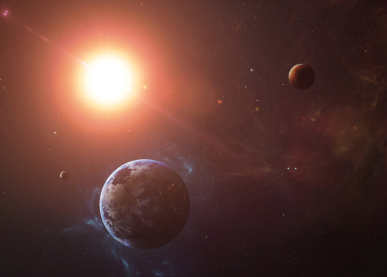
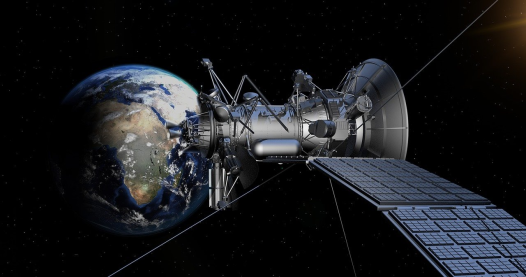
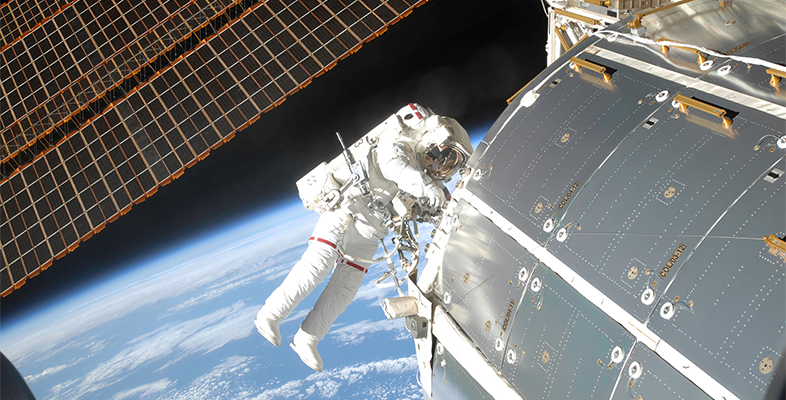
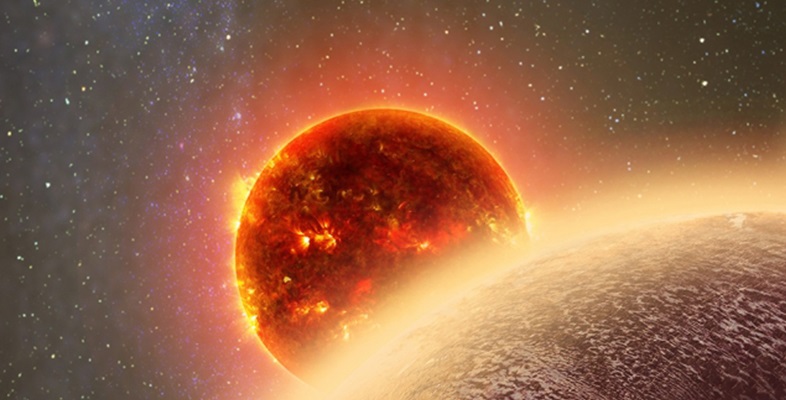
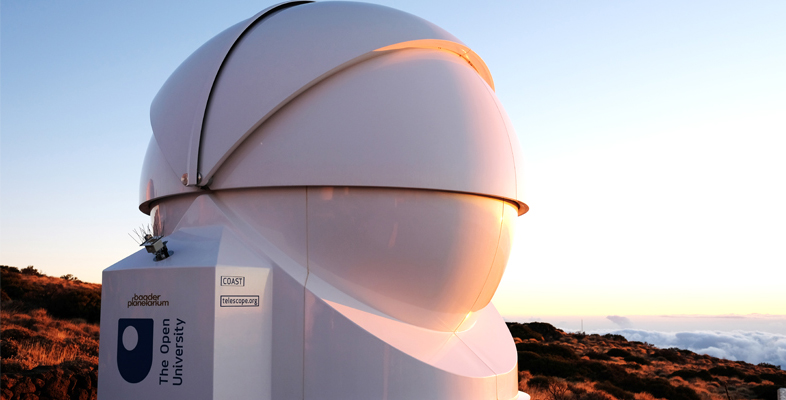
Rate and Review
Rate this article
Review this article
Log into OpenLearn to leave reviews and join in the conversation.
Article reviews